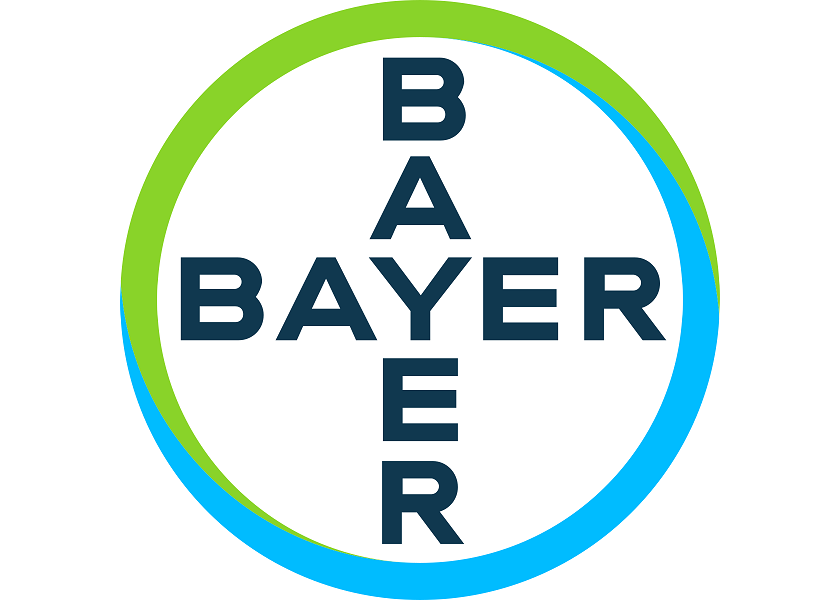Bayer’s New Way Of Doing Business: The Future is Now For Crop Science

After launching an initial “frontrunner” a group in Illinois, Bayer says its Crop Science division is ready to roll out the company’s new operating model, Dynamic Shared Ownership (as it’s known internally, DSO).
Created and deployed by CEO Bill Anderson, DSO aims to reduce layers of management and supervisory roles to bring the company closer to its customers in the consumer health, pharmaceutical and crop science divisions.
“The No. 1 biggest thing is how do we help farmers be as successful as possible,” says Katie Robertson, VP regional business lead for Illinois, who has been leading the design team for Crop Science and its structure with DSO for the past seven months.
Bayer's New Business Model: Magnitude of Change
“I’ve been with the company almost 18 years, and I’ve never been so excited or seen the team energized about an operating model like what we are building today,” she adds.
While its design and rollout has been months in the making, the “frontrunner” group in Illinois has been operating with its DSO framework for the past six weeks.
The new “squads” as they are called will vary by geography, but most teams will range from 8-14 people.
In general, Robertson describes them as centered on enabling/supporting the relationship with the customer and giving them the best support possible across finance, marketing and product supply to give them what they need and eliminate unnecessary bureaucracy.
“These are self-managed teams across crop science in the U.S. to deliver the best customer experience to growers,” Robertson says. “We’re bringing together teams–for example, seed, crop protection, and digital together in one conversation.”
Bayer Says “Not Now” For Division Split Or Sell Off | The Scoop
She shares early wins are examples of acres once sold with seed are now able to realize crop protection opportunities and vice versa.
Now DSO is being introduced with activations across the country. As forecasting and budgets are built for 2025, the process aims to be complete.
“Those closest to the customers will drive the business,” she says. “We will work with our partners (ag retailers) in a new way. We need their partnership and their leadership. It’s a good day for our partners if their farmer is successful.”
Robertson says one goal of DSO is to establish a clear point of contact between the company and its retail partners.
“For example, with the new structure some responsibilities which fell on shoulders of the managers of the field reps in the past, will go to our field reps. We are trying to streamline it,” she says.
One role that isn’t in the DSO structure is area business manager/sales manager.
“The best part of this is we are empowering our people, but as we eliminate bureaucracy we are eliminating roles. It’s important we think of our team members as people, and we are working to find new roles as needed.”
Robertson highlights how the change isn’t “change just for change” but rather “change for better.”
“Our goal is no one delivers a customer experience like Bayer Crop Science,” Robertson says. “Innovation, relationships, and amazing experience are table stakes.”







